Blasting News Spoke with Carlos Pardo about High-speed Fiber Optics for Harsh Environments
For BlastingTalks – Blasting News’ exclusive interviews with business and cultural leaders – Carlos Pardo has given an interview about KDPOF’s alternative to traditional fiber optics that allows for use in harsh environments and requires no technical expertise to install:
Carlos Pardo, CEO of KDPOF: Government support for entrepreneurs must be strong and sustained
The original interview is in Spanish: Carlos Pardo CEO de KDPOF – ‘el apoyo del Gobierno a los emprendedores debe ser firme y sostenido’. Following is an excerpt.
BlastingTalks: KDPOF’s technology enables an innovative and cost-effective high-speed optical network for harsh environments. What was the reason for setting up your company?
What are the applications of the technology that KDPOF provides to its clients?
Right now, we are focused on three markets. The biggest one is automotive, which allows us to connect different parts of the vehicle with high-speed optical networks, which are becoming more and more numerous. Looking at the evolution of the vehicle, it’s now almost a big computer with huge capabilities, connected to the Internet, with cameras everywhere, that can drive itself, and so on. All of that brings with it tremendous data transfer requirements, and the optical networks that use our technology are optimal for that.
Another market is the home, to simplify backbone installation. Today, many of us are teleworking and the children are studying at home, and it is proving that the network in our homes is not up to the task. The access is very good because the fiber is deployed to the home, but the Wi-Fi does not meet the needs of applications such as teleworking. When plastic fiber is installed inside the home, the differences from the previous situation based on WiFi alone are enormous, such as being able to have 600 MB in any corner of the house. I still have access to WiFi, but as if I were next to the operator’s router.
The third market is the industrial market, which is made up of a variety of smaller, more horizontal markets, in very disparate applications, such as medical, rail, printing, etc.
KDPOF works with a wide range of low-cost, large-core plastic optical fibers. What other benefits do your customers get?
Using fibers that are plastic and very thick allows several things, such as very simple manipulation that can be done by anyone; they are fibers that don’t need any knowledge to manipulate them. This simplifies the installation process a lot and also gives a great robustness to the links. Traditional fibers may be affected by vibrations or a connector that’s in bad condition. These factors don’t affect plastic fiber, since the core is very thick and the material is flexible. This is what we are successful with: when people see how simple to install and robust it is, they lose their fear of optical communications.
The world has suffered a major health crisis that has affected all economic sectors; how did it affect your company? How did you live through the months of confinement?
The R&D part didn’t change much because people worked from home, and those who had to go to the laboratory came since there were only one or two people at any given time. What has changed the most is the outside world: the automotive market stopped manufacturing integrated circuits and cars during the pandemic. That caused the world’s semiconductor manufacturers to allocate production capacity to large companies like Apple or Huawei. Now, the semiconductor industry is in crisis because it doesn’t have the capacity to manufacture all the pent-up demand in both the automotive and commercial industries. There is a deficit in chip production, and that has affected us quite a lot. Now, in addition, we’re facing a shortage crisis with the deployment of 5G technology and it is something that has aggravated the pandemic even more because many more computers are needed than before, for example.
How would you like to see your company evolve, and what challenges do you see in the short and medium term?
Right now, we’re getting more car manufacturers to adopt our technology; this is a great achievement in the medium and long term. From an R&D point of view, we’re developing the technology of the future, a technology that enables speeds of up to 50-100 Gb/s. To be a world leader, we would like to have more support from companies such as Telefónica; to have them adopt our technology for the home network as a complement to their WiFi. In the long term, I would like KDPOF not to be sold to a foreign company and for the knowledge and industry creation to disappear, but to be supported by Spanish or, failing that, European capital, so that the positive externalities of all this effort would remain in our country or in Europe. That would be my wish in the long term.
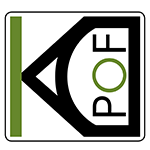
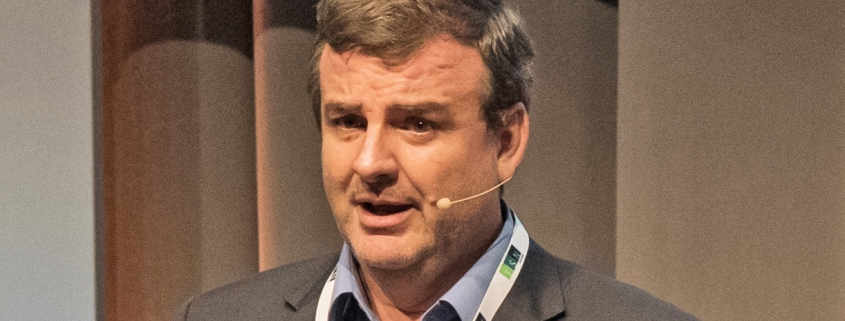
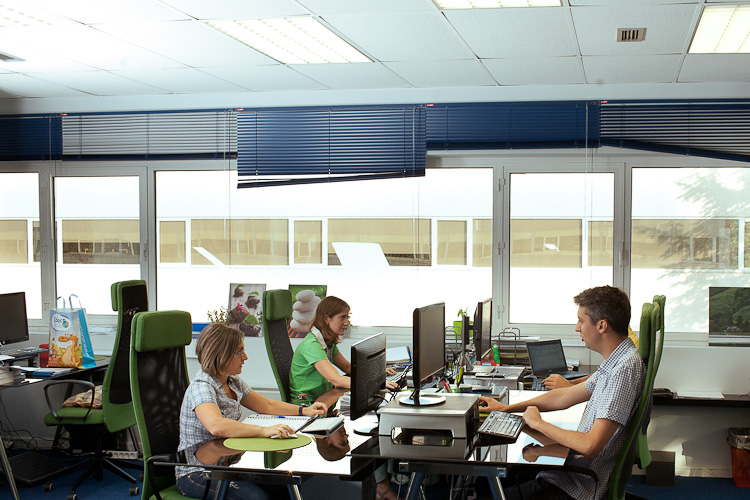
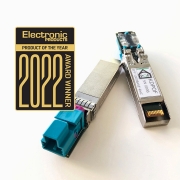
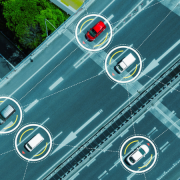
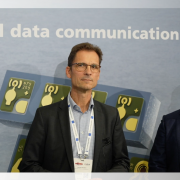
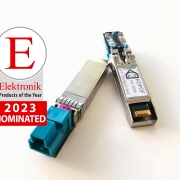
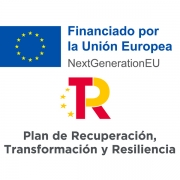
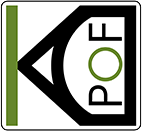

 metamorworks/iStock/Getty Images
metamorworks/iStock/Getty Images